Editor’s note: Here at BootsnAll, we believe that travel can provide an excellent education for any person, regardless of age. Many families with school-aged children are hesitant to hit the road for fear of how it will impact their education. Vickie Lillo and her husband have been taking advantage of their vacation time each year to travel and teach their son on the road. Below are 23 lessons that the Lillos have used to teach their son (and themselves!) while traveling.
My husband Gustavo and I have been actively traveling with our son Nicolas since he was four. We’ve sailed in traditional feluccas down the river Nile, and we’ve plundered along the coastal sands of Cozumel by dune buggy, hunting for out-of-the-way Mayan ruins. We’ve photographed mountainous crests, from the Andean mountains of Peru to the snow-covered volcanoes of south Chile. We’ve mirrored the footsteps of Jules Verne in Iceland, where he drew his inspiration for “Journey to the Center of the Earth.” Just for sheer silliness, we’ve laughed at the outrageous gargoyles high atop the cloisters of Paris’ Notre Dame.
We’ve had our share of fascinating professors – savvy tour guides, National Park rangers, island boat captains, an Egyptologist, even our own personal botanist. Mother Earth and the forces of Nature have also contributed to our tutoring. We’ve expanded our knowledge as we’ve circumvented the globe in search of extraordinary wildlife, one-of-a-kind vistas, and incredible cultural encounters.
Come along for the ride and check out the curriculum of our boots on the ground education. We’ve earned our diplomas with a vagabond’s vivacity at the School of Hard Knocks.
Here are 23 real-life travel lessons.
1. Archaeology
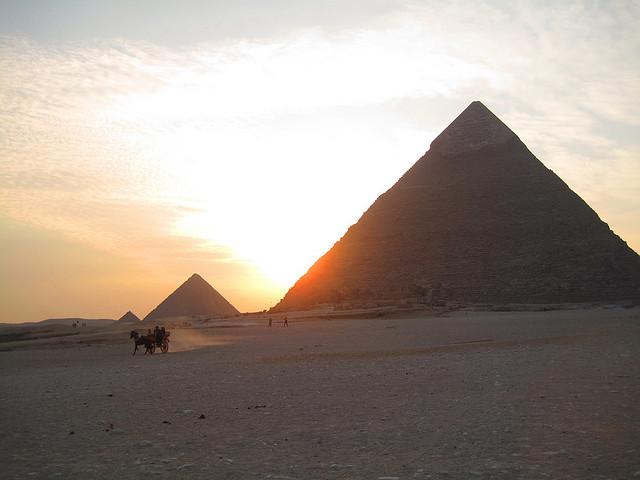
The study of ancient civilizations and artifacts
Classroom: Exploring the Pyramids of Giza (Egypt) by camel and descending into the tombs of the ancient Pharaohs; climbing Machu Picchu (Cusco, Peru), the lost City of the Incas; wandering through the ruins at Tulum (Mexico), remnants of an extensive Mayan civilization; and browsing in the Saga Museum (Reykjavík, Iceland), where Viking lore is brought to life.
2. Architecture
The study of the art and technique of building design
Classroom: Ascending the towers of Notre Dame (Paris, France), an exquisite cathedral in French Gothic style, and studying the Neo-classic design of the Arc de Triomphe, embellished with fabulously-sculpted reliefs. A final lesson was taught at Gustave Eiffel’s famous tower of lattice ironwork, built for the 1889 World’s Fair. Though criticized by artists and architects alike during its two-year construction, the landmark stands as the ultimate icon of a European city noted for its intrinsic architectural styles.
3. Astronomy
The study of celestial bodies in the universe
Classroom: Awaiting the onset of nightfall over the oasis town of San Pedro de Atacama (Chile) for stargazing at the most amazing gathering of constellations blanketing the evening sky.
4. Biology
The study of life – plant and animal
Classroom: Waterfall rappelling in the rainforests of Arenal (La Fortuna, Costa Rica) and learning about their endless variety of trees, flowering bromeliads, toucans and other exotic birds, sloths, etc.
5. Botany
The study of plant life
Classroom: Traipsing through the cloud forest of Miraflor (near Estelí, Nicaragua) with a trained botanist, searching for orquideas (orchids) and rare blooms.
6. Cultural anthropology
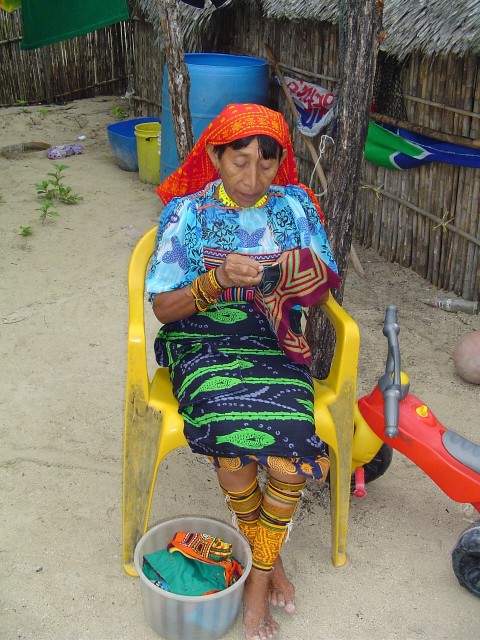
The study of human social and cultural groups
Classroom: Watching the Indian women of the San Blás Islands (Panamá), dressed in traditional garb, as they embroider intricate patterns onto the fabric ‘molas’ (blouses) they sell. In the Darien province, close to the Colombian border, travel by dugout canoe up the Chagres River to interact with the Emberas of Panamá. Be sure to sanction a temporary tattoo, made from jagua juice, for a couple of bucks.
7. Egyptology and Mummification
The study of Egyptian antiquities, and the art of body preservation, using oils and strips of cloth for wrapping
Classroom: Perusing the Cairo Museum of Antiquities (Egypt), with its gilded treasures from the tomb of Tutankhamun. Check out the vivid demonstration from your Egyptologist as she explains the do’s and don’ts of proper organ removal of the deceased. Groan a little, maybe even “ooh” with disgust, as she shows how a hook was inserted into the nasal cavity of the corpse waiting to be mummified, in order to scramble the brains into liquid, so they would conveniently drain out.
8. Engineering
The scientific method of designing and creating large structures
Classroom: Marveling at mega-tankers transiting the intricate Gatún locks of the Panama Canal and traveling back in time to appreciate the enormous undertaking of this turn-of-the-century excavation. Spawned from the depths of the mosquito-infested waters of Gatún Lake, and forged by the blood and sweat of thousands of men, this masterpiece of modern engineering cuts a 48-mile swath between the Atlantic and Pacific Oceans.
9. Ethnomusicology
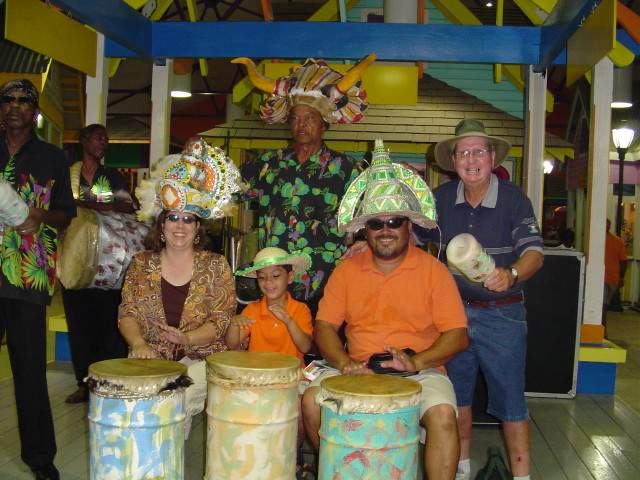
The study of music and culture
Classroom: Learning to play the drums in Nassau with the locals.
Note: Music is perhaps one of the easiest lessons to learn on the road, as the language of music is truly universal and is played around the world, all with a different style and history to it.
10. Fine Arts
The appreciation of painting and sculpture
Classroom: Admiring the chef-d’oeuvres of all the great masters—oil-painted showpieces by da Vinci, Rembrandt, and Raphael and chiseled carvings by Rodin and Michelangelo, to name a few–at the Louvre (Paris, France).
11. Geography
The study of variations of landscape and terrain on the Earth’s surface
Classroom: Following trailheads through the Canadian Rockies and the Grand Tetons of Wyoming; timing your watch to the spouting of Old Faithful in the world’s largest geyser field in Yellowstone (U.S.); staring down at the mighty Colorado River zigzagging inside the impressive Grand Canyon (Arizona, USA); and inner-tubing in the Virgin River, surrounded by monoliths of sandstone in Utah’s Zion National Park.
12. Geology
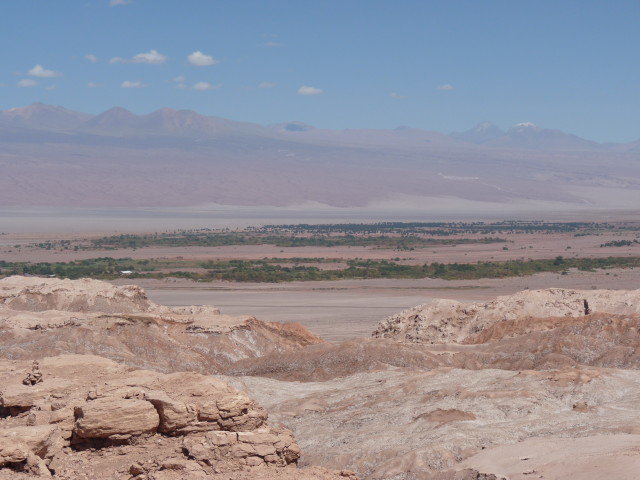
The study of the earth, including rocks and minerals
Classroom: Stepping on rock brittle as pottery shards in the Valley of the Moon, in the driest desert in the world (Atacama in Chile).
13. Glaciology
The study of ice on landmass
Classroom: Sitting in silence on a slab of ice, staring across the arctic waters of Pia fjord (Tierra del Fuego, Chile), thrilled to capture on film and video the calving of a glacier; roaring across a field of hard-packed ice on a snowmobile on Iceland’s Langjökull; peering out the window of an ice-bus trawling across the frozen tundra of Canada’s Columbia Glacier near Jasper; and going up Glaciar Martial—on foot and by chairlift–in Ushuaia, the southernmost city of Argentina.
14. Herpetology
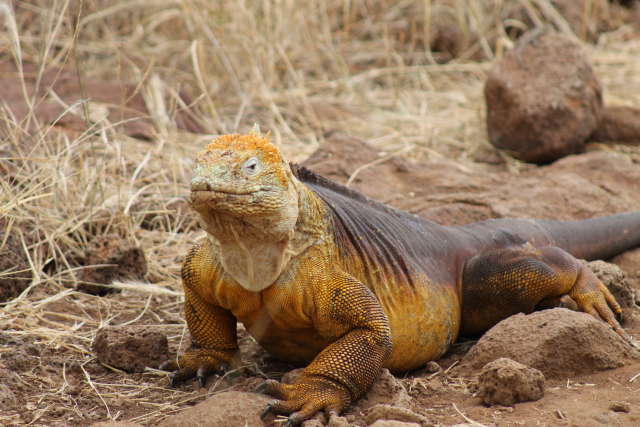
The study of reptiles and amphibians
Classroom: Reading the well-labeled snake exhibits at the herpetarium in the St. Louis zoo (Missouri, US); photographing golden land iguanas skittering through the brush, sidestepping ‘smiling’ marine iguanas that lay sunning on the beaches at Tortuga Bay on the isle of Santa Cruz, and eyeing giant tortoises mating in captivity on Isla Isabela (Galápagos); stopping the car to investigate an alligator strolling down the road in the Florida Everglades.
15. Hippology
The study of horses
Classroom: Splashing in the surf on horseback in the turquoise waters of the Caribbean Sea in Ocho Rios (Jamaica); Taking equine lessons and helping the ranch hands drive the cattle at Hacienda Guachipelin (Guanacaste, Costa Rica); and straddling a mule along a dusty trail at the South Rim of the Grand Canyon (Arizona, USA).
16. Ichthyology
The study of fish
Classroom: Catching unlimited sargentos (peacock bass) in the Panama Canal; scouring the rocks and sandy crevices for crabs and other crustaceans on an out island off the shore of Grand Bahama.
17. Maritime Archaeology
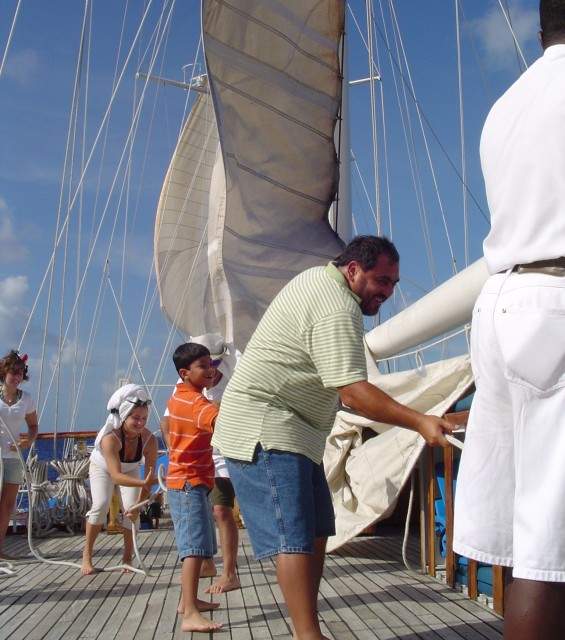
The study of ships and sailing
Classroom: Tugging at the rigging alongside the crew members to help raise the sails on a windjammer ship, somewhere en route to the Bahamas. Join the fun, for a lesson in seafaring, or just relax and enjoy the flapping of the canvas as it snaps in the Caribbean breeze.
18. Ornithology
The study of birds
Classroom: Scouting the desert terrain of Seymour Norte Island (Galápagos archipelago), where red-throated frigate birds and blue-footed boobies nest in the thorny desert scrub. Tiptoeing lightly, back and forth, on a narrow trail in the cloud forest of northern Nicaragua until we finally saw it—a rare three-wattled bellbird—singing to his sweetie from the treetops and laughing at a lone Andean flamingo wading through the brine of Chaxa Lagoon like a jetliner preparing for flight. These salt flats of el Salar (Chile), near the border with Bolivia, offer refuge for an abundance of birdlife.
19. Speleology
The study of caves
Classroom: Standing in the obscure cavern of d’Orgnac (Ardèche, France), dazzled by a fabulous sound-and-laser-light-show of crystalline stalactites.
20. Thermodynamics
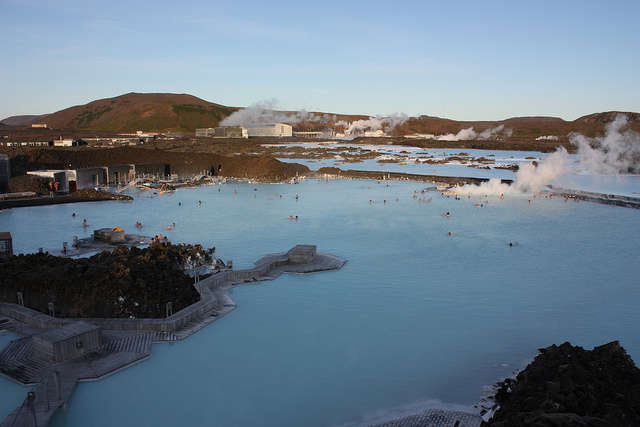
The study of physics involving heat and energy
Classroom: Soaking in the deliciously-toasty waters of the Blue Lagoon (Iceland), wondering what we could learn from this tiny nation which has figured out how to harness Mother Earth to provide inexpensive hot water and heat to its 240,000 citizens. Delighting in the wee hours of the dawn at the geothermal energy at work, underground, to produce the spewing geysers of El Tatio, 14,173 ft. above sea level, in the cordillera (mountain range) of Los Andes (Chile), and wiling away an afternoon investigating burbling mud pots at el Jacinto (Nicaragua).
21. Transportation
The method of moving goods and people from one place to another
Classroom: Languishing lazily down the river on bamboo rafts, poled by expert captains, in Port Antonio (Jamaica); pedaling along the canal-lined streets, like the locals, in Amsterdam (the Netherlands); packing our picnic gear into oversized backpacks while llama trekking through the forests of North Carolina (US); dogsledding across a glacier face in Iceland; clinging to an overhead rack as the chicken buses in Nicaragua lurched through the streets of Léon; and plodding across the scorching sands of the White Desert (Egypt), astride a camel’s hump.
22. Vulcanology
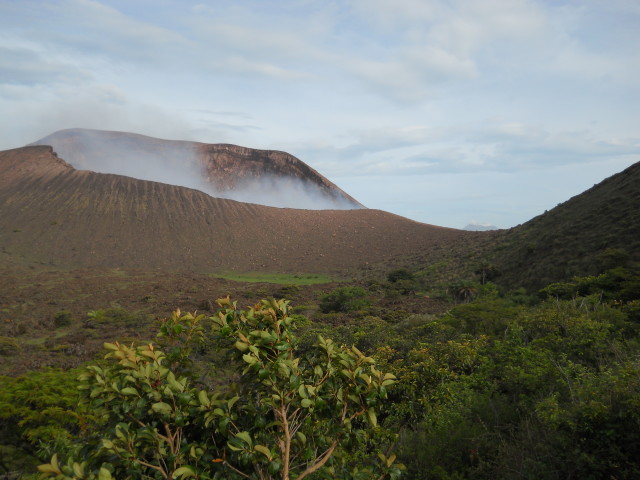
The study of volcanoes
Classroom: Glancing at the fog-enshrouded caldera of Sierra Negra volcano (Isabela Island, Galápagos), then continuing on to its sister spawn, Volcán Chico; admiring the volcanic cones of Iceland, along the Ring Road to the Southern Shore—where over 50% of all the world’s lava has flowed. Tracing the path of destruction of Mt. Pelée (Martinique), which destroyed the entire town of St. Pierre, with the exception of a solitary prisoner who was shielded from the heat by the thick walls of his cell. Camping overnight in the shadow of Volcán Telica (Nicaragua), just meters away from the writhing belly of the beast
23. Zoology
The study of animals
Classroom: Swimming nose-to-nose with sea lions at Perla de Concha on Isabela (Galápagos Islands) and studying multi-colored llamas leaping from steppe to steppe along the ledges at Machu Picchu (Cusco, Peru).
Have you made educational travel a priority with your family? What lessons have you learned and where did you learn them? Comment below to share your experiences!
To read more about educational travel, check out the following:
- Educational Travel: How to Get Permission and Justify the Experience to Your Local School
- Long Term Travel as Education
- MBA vs. RTW
- 5 Road Schooling Ideas
- 5 Reasons Travel Should be a Part of Education
- Immerse Yourself in a Culture by Learning
- How and Why to Learn a Foreign Language
Photo credits: Arian Zwegers, all other photos courtesy of the author and may not be used without permission.
